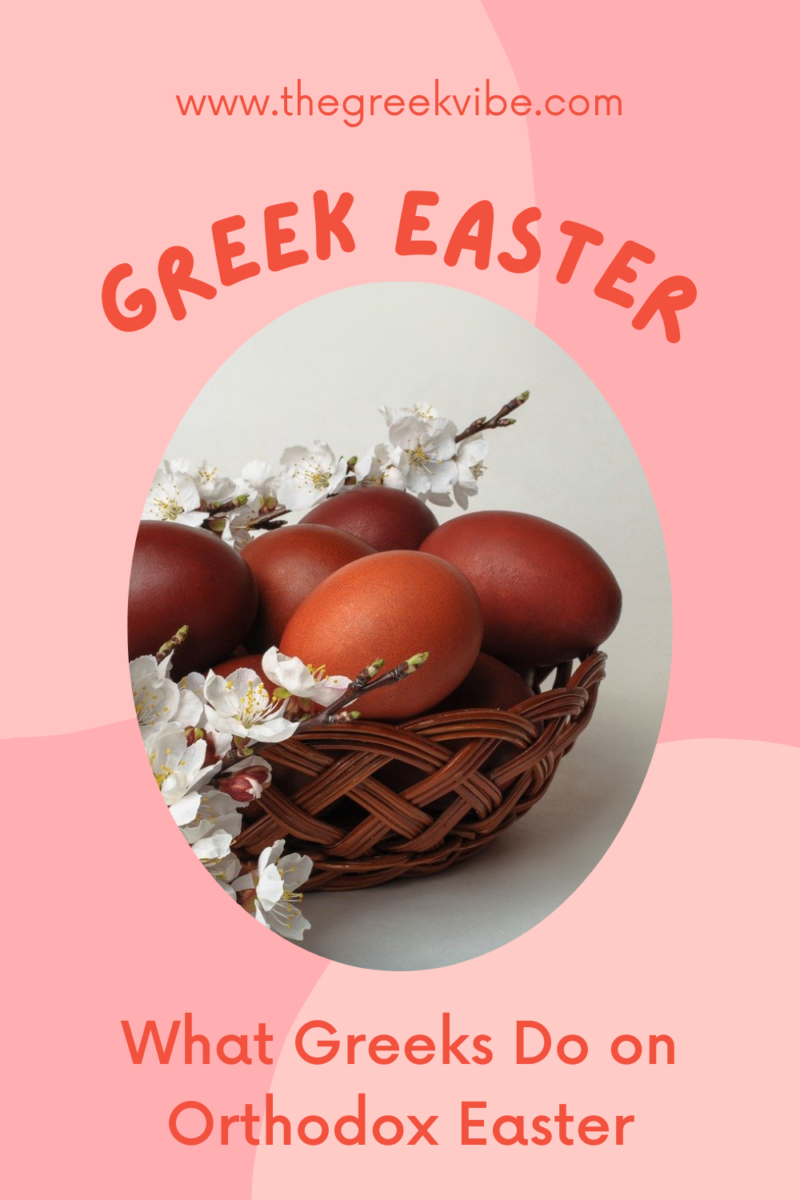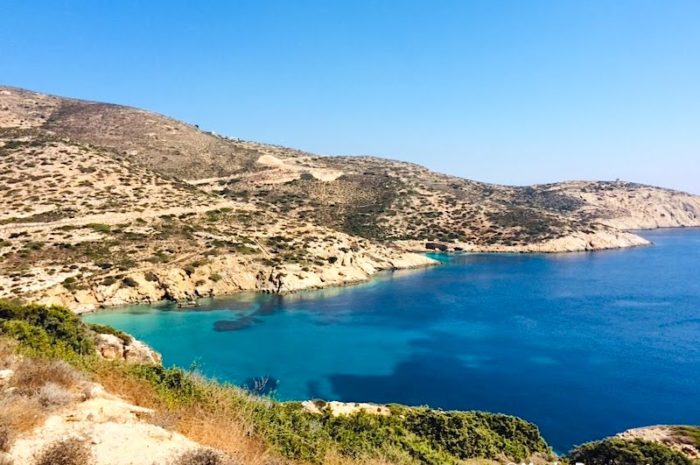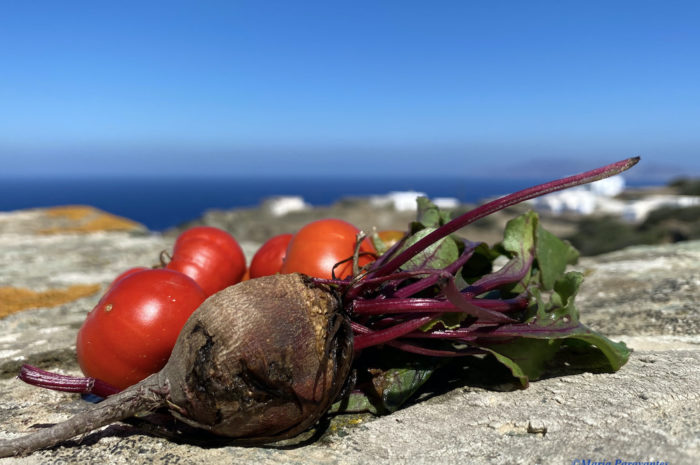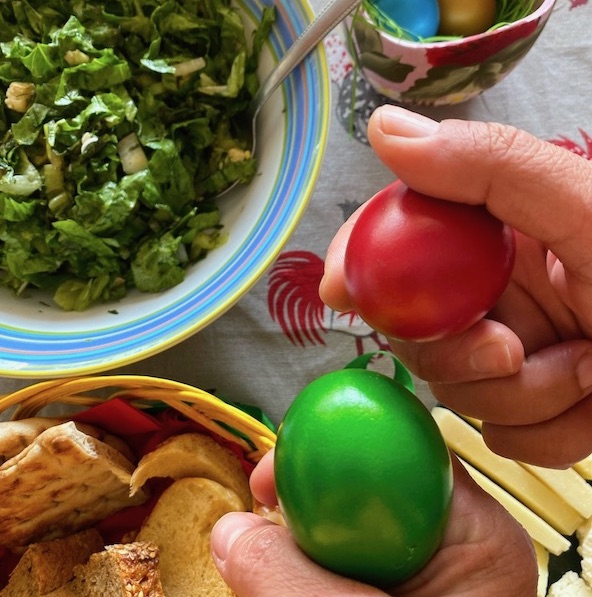
Easter is upon us! And so is spring!
Greek Orthodox Easter is the biggest celebration in Greece marked by a mass exodus from the urban centers to the countryside. The reason lies both in faith as well as in the need for city-dwellers to escape and welcome spring in the forest, the fields or on the beach.
That said, Greek Easter is not just Easter Sunday but all the rituals leading up to the feast day as marked by Holy Week. Each day of Holy Week (Megali Vdomada) is observed according to the religious scriptures and dedicated step by step to the preparation of the body and soul ahead of the grand Easter feast.
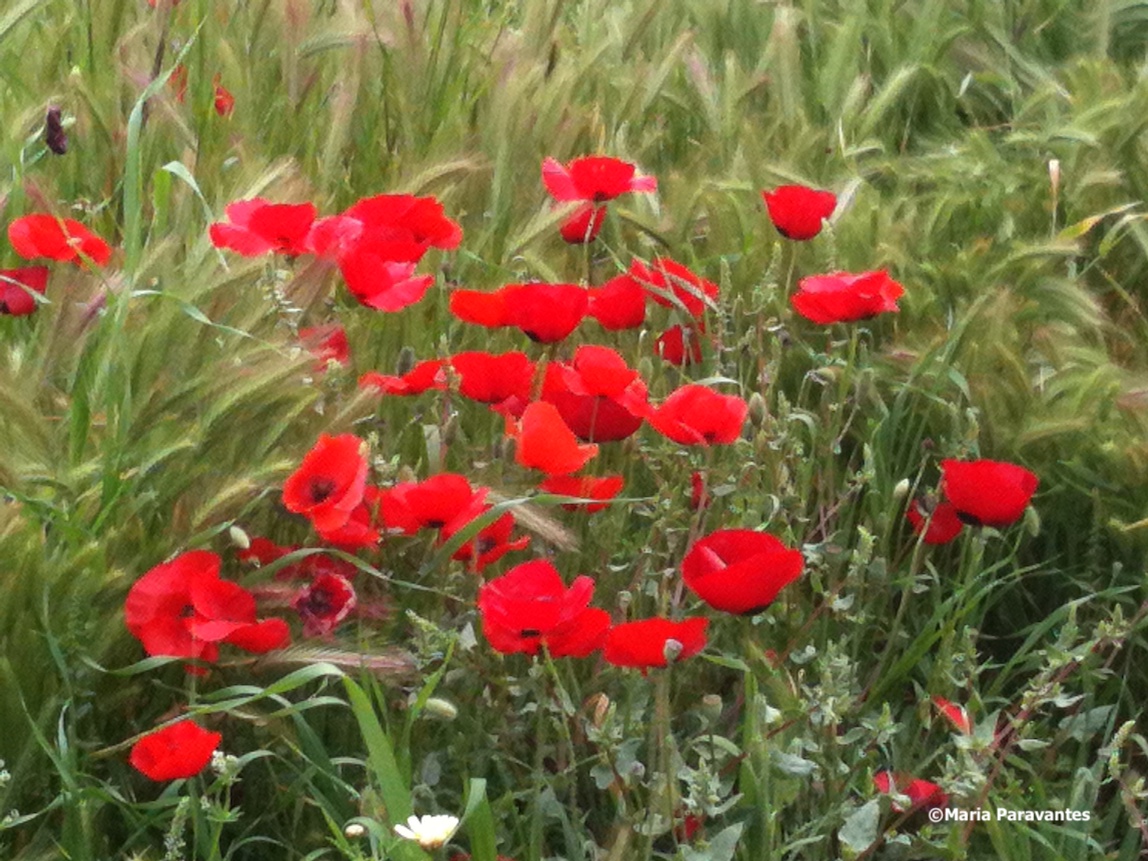
Holy Friday is the darkest and most solemn day of this period as it signifies Christ’s suffering and crucifixion. In the past, bars or cafes were closed on this day of mourning as bells rang sorrowfully.
For the Greeks, Easter is all about getting together with family and friends and is traditionally celebrated outdoors, preferably in nature with lots of traditional Greek music (demotika), plenty of wine and of course, lamb.
The traditional Greek Easter meal prepared and eaten on Easter Sunday starts at daybreak and features roast lamb – either in the oven and stuffed as is done mostly on the islands or on a spit, which in the past was mostly a mountain region practice. The lamb is accompanied by spring salad with lettuce, dill, fresh onions and extra virgin olive oil, freshly baked bread, oven-baked potatoes, Greek cheese (each region features its own) and dyed red eggs – symbolizing the blood of Christ – for the “tsougrisma”.
►Holy Friday: A Greek Orthodox Day of Mourning
What is ‘Tsougrisma’?

Remember the bumper cars we loved when we were kids? Well, it’s exactly the same using an Easter egg! Each guest at the table selects an egg and bumps (“tsougrizei”) his egg with the other’s accompanied by the wish: “Christos Anesti”, which means “Christ has Risen”, and the other responds: “Alithos o Kyrios”, which means “Truly He Has”. The idea of this Greek tradition is to bring people together as is the lighting of the Holy Light (Agio Fos) at midnight the night before on “Anastasi” (Resurrection) – a symbol that we are all one, and thus compassion for others is compassion for ourselves.
► Things You Didn’t Know About Greek Easter
The one who “bumps” his egg with everyone without it cracking is believed to have good luck in the year to come. I remember one year, my grandfather “won” all of us… we later discovered that he had been using a wooden egg … so be alert! The egg represents life. It is often found decorating graves as a symbol of eternal presence. When we knock each other egg we symbolically release life.
👉🏼 Dream of visiting Greece? Start planning
So what’s for Greek Easter Dessert?

The traditional Greek Easter dessert is milk- or cream- and butter-based because it was thanks to the abundance of fresh milk due to the arrival of spring and baby lambs. The most common Greek Easter sweet is the “galopitta” (or milk pie) with cinnamon. Some island regions prepare “melopita” which is similar to a baked cheesecake with honey.
One of the “sweetest” moments of Greek Easter is the making of the homemade “koulourakia tis Labris” (Easter butter cookies) and of the “tsoureki” sweet bread with masticha and mahalepi spice. In Arcadia in the Peloponnese, we also feast on “diples” – honey-soaked rolled fritters.
The tsoureki has taken on a whole new dimension for the younger generations as it can be enjoyed (and made) with everything from chocolate and jam to nuts and cheese.
►Three Perfect Greek Easter Getaways
The Greek Easter ‘Glenti’
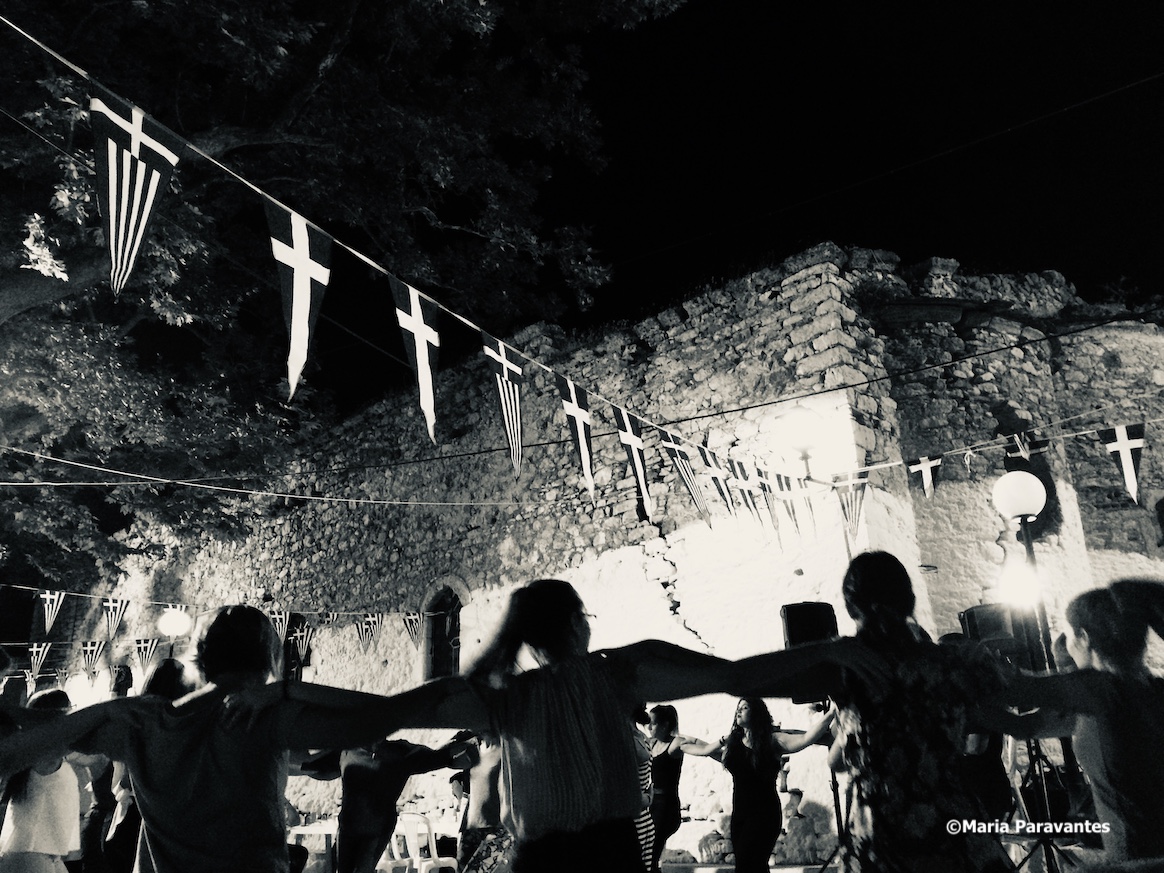
And now for the most important part of Greek Easter: the “glenti”. The “glenti” is all about gratitude, celebration and sharing. All three of these elements are symbolized by the Greek dances, which go around in circles as each guest holds the other by the hand – giving and receiving positive energy as the opened-ended circle moves forth. It is also signified in the preparations as all women would help in the kitchen (in the past, yes, things are finally changing), while the men would be responsible for the roasting and all outdoor-related activity.
👉🏼 Find the best hotel deals for you
Have in mind that the Greek glenti – or revelry – is ongoing. It doesn’t start or stop at any given point. It just happens along the way. I remember when we celebrated Easter in the village, one of my aunts would always begin singing a traditional mountain song and then one by one guests would join in, which led to a dance, and then some more food, and a sip of some homemade wine, and all this gave everyone the chance to leave behind all that hurt and let go of the darkest thoughts that burdened them throughout the winter.
Greek Easter comes to a close when the sun sets – especially when families celebrate in the countryside. A day of merriment comes to a close with a feeling of contentment and with hope the spring will be bountiful and the summer easy. For the city-dwellers a visit to their favorite bar is also popular with others celebrating by the seaside opting to sit on the beach and just enjoy the sound of the waves carrying the welcome of summer.
May we all have a Happy Easter and may it bring peace, compassion, fulfilment and health to our hearts, minds and souls. In Greek the word “Labri” – used as an alternative to Easter – means “Of the Light”… this said, The Greek Vibe wishes you all “Christos Anesti”, “Hronia Polla” and an awakened life full of light.
♬ Ending this week’s post with 1973 song “Pascha Ton Ellinon” (Easter of the Greeks) to the music of Stavros Kougioumtzis and lyrics by Yiorgos Themelis sung by George Dalaras. The lyrics refer to the “Grand Easter of the Greeks / bringing the light & life giving sun”.
Enjoy!
Enjoyed this Post? Share and Pin it!
